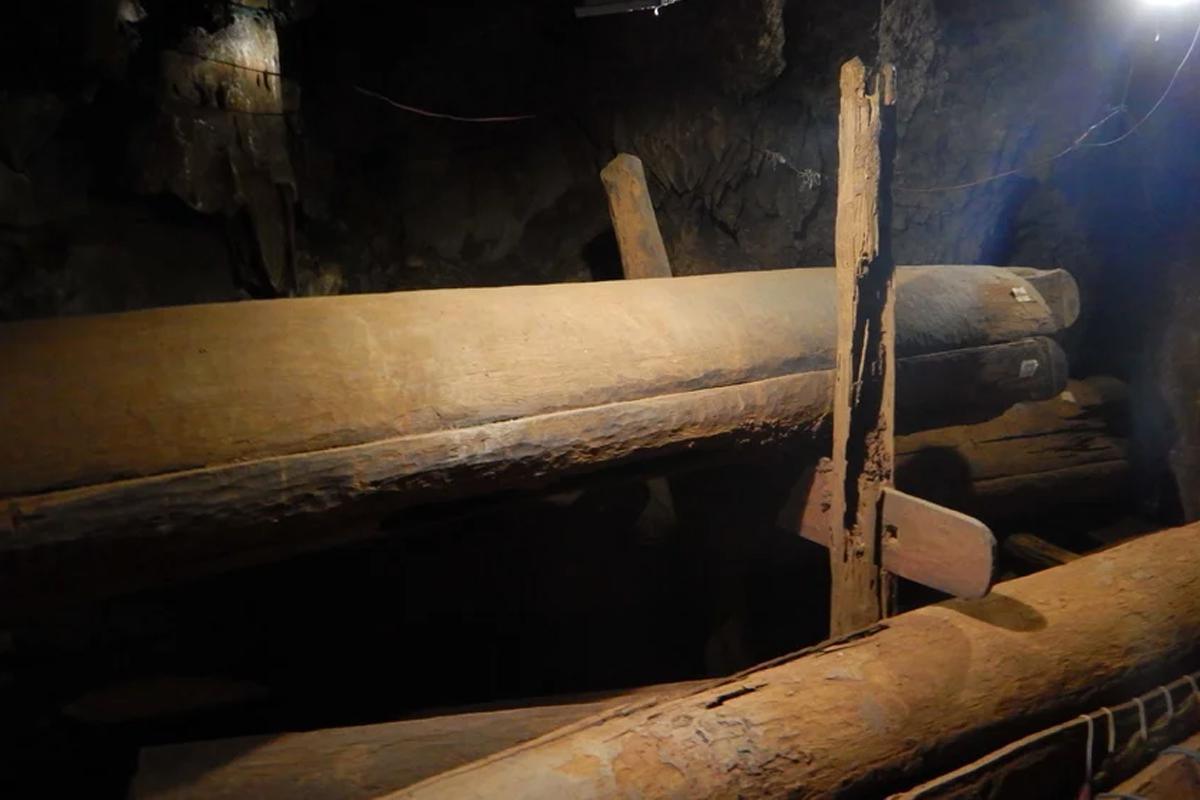The Log Coffin culture emerged during the Iron Age in the highlands of Pang Mapha, northwestern Thailand.
The culture evolved a tradition of burying their dead in large log coffins placed on stilts in caves and rock shelters.
Over 40 such sites have been identified from between 2,300 and 1,000 years ago, containing log coffins carved from single teak trees, which feature intricate carvings of geometric or anthropomorphic designs at both ends.
In a recent study led by the Max Planck Institute, researchers analysed the DNA from 33 individuals buried in five Log Coffin sites.
According to the study authors: “The findings unveiled intriguing connections among individuals within and across different sites, indicating a well-connected community where genetic relatedness played a significant role in mortuary rituals.”
The study has identified two distinct farmer-associated ancestries among the Log Coffin-associated individuals, one linked to the Yangtze River Valley and the other to the Yellow River valley in China.
These coincide with cultural distinctions observed in mortuary practices and diet, suggesting unique influence spheres and connections to separate migration routes during the Neolithic period.
Furthermore, the study used innovative techniques such as the analysis of identical-by-descent blocks to uncover complex biological relatedness patterns within and between sites.
Close genetic relatives, such as parents and children, were identified buried in the same cave system, suggesting a consideration of genetic relatedness in burial practices. However, the broader genetic connections across different river valleys indicate a large and interconnected Log Coffin-associated community.
“The analysis of so-called IBD blocks (identical-by-descent) helps tracing complex biological relatedness patterns within a site and across regions - and had so far not been applied in archaeogenetic studies of Southeast Asia,” said the study authors.
This groundbreaking study not only contributes to our understanding of the genetic landscape in post-Neolithic mainland Southeast Asia but also provides valuable insights into the social dynamics of ancient communities. Collaborative efforts and further research promise to shed more light on the cultural and population interactions within Southeast Asia and beyond.
Header Image Credit : Selina Carlhoff


